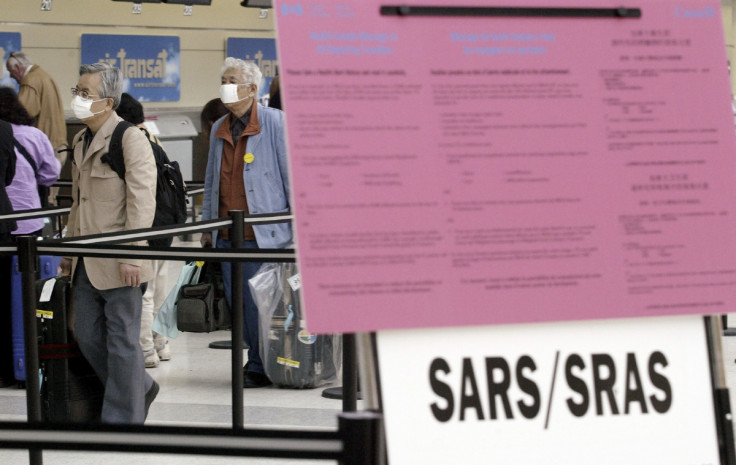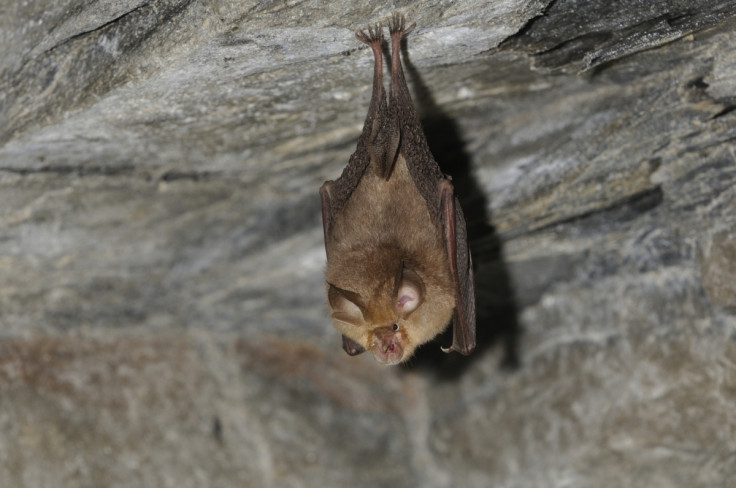Newly-identified SARS-like virus has potential to cause deadly outbreaks in humans

A new virus, similar to the SARS coronavirus, has been identified by researchers from the University of North Carolina. The WIV1-CoV virus was found in the same hosts as SARS, Chinese horseshoe bats, and it binds to the same receptors in the human body.
The scientists say it could potentially infect humans without needing to adapt first. It could therefore create a large-scale outbreak. "The capacity of this group of viruses to jump into humans is greater than we originally thought," said Vineet Menachery, the study's first author. "While other adaptations may be required to produce an epidemic, several viral strains circulating in bat populations have already overcome the barrier of replication in human cells".
Infectious potential for animals and humans
In this study, published in the Proceedings of the National Academy of Sciences, the team looked at virus sequences isolated from Chinese horseshoe bats, which appeared to be very similar to SARS virus' sequences. From these informations, they reconstructed a virus, which they called WIV1-CoV. The idea was to assess its infectious potential, both for animals and for humans.

On top of seeing evidence that this new virus could bind to the same receptors as SARS, the scientists discovered that WIV1-CoV also had the capacity to quickly replicate in human cell cultures. According to them, this ability means the virus could jump directly from bats to humans.
"To be clear, this virus may never jump to humans, but if it does, WIV1-CoV has the potential to seed a new outbreak with significant consequences for both public health and the global economy," Vineet explained.
To avoid this scenario, he and and lead researcher Ralph Baric also looked at potential cures that could be given to humans infected by WIV1-CoV. Since both viruses are so similar, they tested the antibodies currently developed to treat treat SARS against WIV1-CoV. The results were positive, suggesting the same antibodies could target both viruses.
However, other outbreaks, like Ebola, show it is difficult to produce antibodies on a large scale, for a large number of patients. Thus, researchers do not know if this approach could help in the case of a potential future WIV1-CoV outbreak.
Increased research on virus
The study remains nevertheless interesting because it comes in the context of increased scientific research on viruses and pathogens, following the Ebola and Zika outbreaks.
The authors believe their work could be replicated to other types of virus, to prepare for potential deadly outbreaks and start working on treatments before the start of an epidemic.
"This type of work generates information about novel viruses circulating in animal populations and develops resources to help define the threat these pathogens may pose to human populations...it's not an approach that's limited to SARS or SARS-like viruses. It can be applied to other emerging pathogens to helping us prepare for the next emergent virus, whether it be MERS, the Zika virus or something we haven't even heard of yet", concludes Ralph Baric.
What is SARS?
Severe acute respiratory syndrome, or SARS, is caused by the SARS coronavirus. The first known outbreak originated from China in 2002 and quickly spread to other countries. It was brought under control a year later, after more than 8000 people were infected, and 774 died. In 2004, a smaller outbreak started in a medical lab, but it did not have far reaching consequences.
Symptoms of the disease are similar to that of a flu, and appear between two days and one week after infection. As the symptoms progress, the respiratory system (lungs and airways) is affected. This can lead to dry cough, pneumonia and a lack of oxygen in the blood, sometimes with a fatal outcome.
Because SARS is an airborne virus, it spreads between humans in the same way as a cold or a flu, through contact with the saliva of an infected individual. There are currently no treatment against SARS, but some are being developed currently, and researchers also work to come up with a vaccine. Supportive treatments can be given to tackle the patient's symptoms.
© Copyright IBTimes 2024. All rights reserved.







